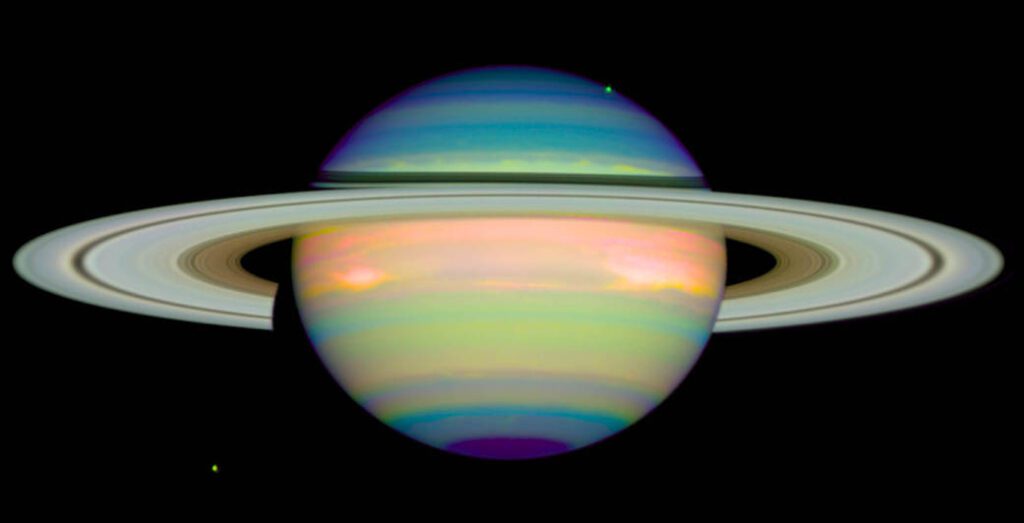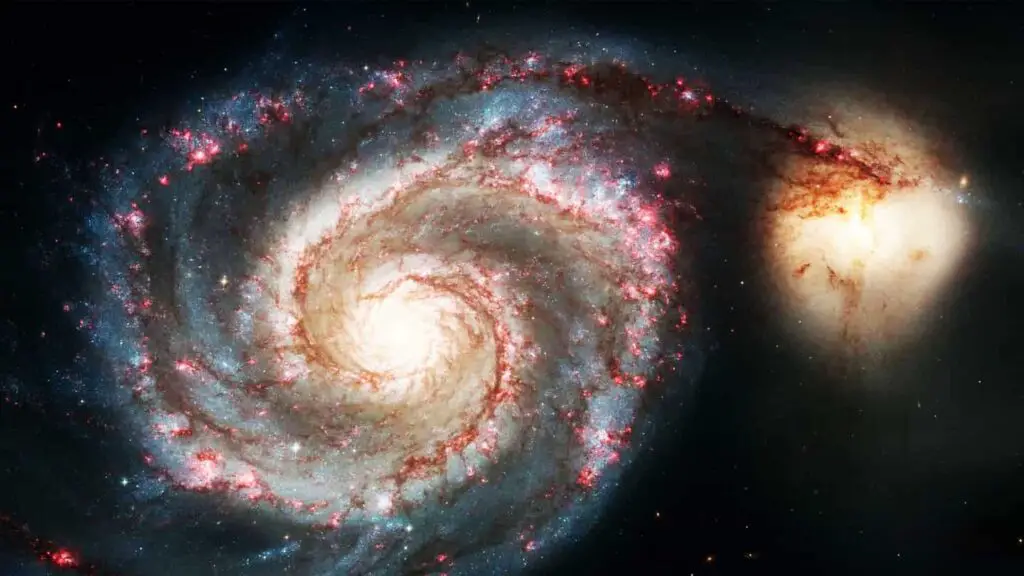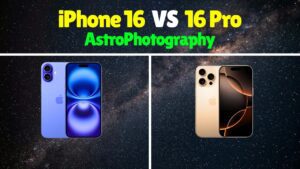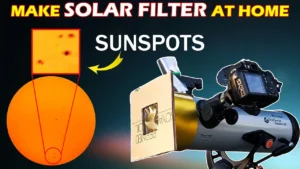
We have billions of galaxies similar to our own galaxy, the Milky Way. Previously, we wrote about the planets in the Andromeda galaxy. These planets are called extragalactic planets.
The Whirpool galaxy is another nearby galaxy that looks stunning when photographed with long exposure astrophotography. It is also known as Messier 51a.
So the first question you might be thinking about is, “Does this galaxy have any known planets?”
If it does, then how do these planets look? Are they habitable? Are they similar to planets in our galaxy? Well, keep reading ahead to find out all the answers to your questions.
How many Planets are there in the Whirlpool Galaxy?
Considering the similarities of our galaxy with other galaxies, there are many reasons to believe that the whirlpool galaxy hosts planets. But galaxies are very far away, and planets do not emit light as stars do. Planets only reflect the light that falls on them, and they can also block the light that comes from behind them.
Usually, scientists use the second method, where they make guesses based on the amount of light blocked by the planet. These observations are done in X-ray light.

Now, before we know about the planets in this galaxy, we have to know about the X-ray binaries. X-ray binaries are a class of binary stars that are luminous in X-rays and observed in X-rays only. And scientists think X-ray binaries are the ideal places to search for planets because the cross-sectional areas of the X-ray emitting regions can be comparable to or even smaller than planetary cross-sections. A planet passing in front of the X-ray emitting region may produce a total or near-total eclipse of the X-rays.
In 2020, when the Chandra observatory was observing X-ray binaries such as a pair of neutron stars or a black hole, When they were looking at the X-ray binaries of M51-ULS-1 in this galaxy, They found one object that blocked the X-ray signal for a few hours and created an eclipse-like event. Scientists ruled out all the possibilities of this block being caused by dust, gas, or a small star. In the end, they had only one explanation: that it is a planet, but this is not yet confirmed.
If confirmed, the planet will be named M51-ULS-1b, and it will be the first extra-galactic planet ever found. The planet would most probably be orbiting a pulsar.
Whirlpool galaxy planets list and information
As there is only one potential planet M51-ULS-1b is known so far. There is not much of a list of planets as of now. The details of this planet are below.
| Constellation | Canes Venatici |
| Right ascension | 13h 29m 40.30 |
| Declination | +47° 11′ 34.7″ |
| Distance | 23 Light-years |
| Mass | The same as Saturn’s mass |
Are the whirlpool galaxy planets habitable?
We just found out that this object has a high probability of being a planet. To be habitable, the planets need to have earthlike conditions. It needs to be in the habitable zone of its star.
There might be many planets in the whirlpool galaxy, but finding them is really difficult with the current technology. When NASA’s Liquid Lens Telescope becomes a reality, we will be able to learn more about the planets in other galaxies.
Whirlpool galaxy planets pictures
The picture of the planet is not available yet. But as the planet is just the size of Saturn. We don’t know yet whether this planet has rings or not. So, you can imagine it like a Saturn but without rings.

Conclusion
Scientists use a completely different method to find planets in other galaxies than what they use to find planets in the Milky Way.
With the current technology, finding extragalactic planets in X-rays seems to be the best option for finding objects very far away. In the future, with advanced technology, it will be easier to find extragalactic planets.
Read more about the known planets in the Andromeda galaxy.





